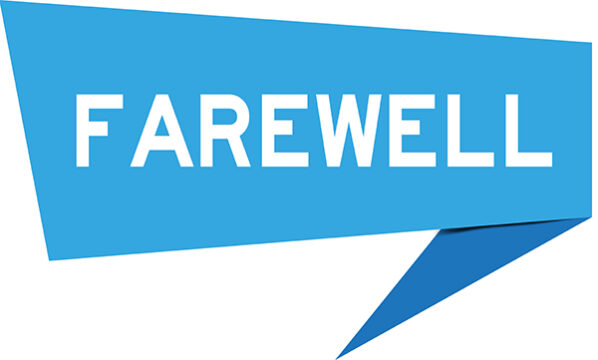
Starting January 1, 2021, the ORM-D mark will no longer be accepted for Dangerous Goods shipments. Here’s what the mark had to say on the occasion of its retirement from public service.
Hello, hazmat shippers and Dangerous Goods professionals everywhere. I’m here to announce my retirement from public service, as my last day on the job will be December 31, 2020.
I have mixed emotions. On the one hand, I’ll miss helping millions of shipments every day reach their destinations compliantly. But I’ve had a five-year transition period to get used to the idea. And I know my job will be extremely well-handled by internationally harmonized Limited Quantity mark labels. Those shipments will be in good hands.
I expect to be busy over the next couple of months—especially since Labelmaster is making me available at a deep discount. But this is my chance to look back and thank everyone who’s made my career possible.
A story of substance over style
I know I’ve never been the sexiest or most popular mark. But when you think about it, it’s kind of amazing I’ve had any kind of career at all.
Who’d have thought so many people would even notice a mark with a name as boring as “Other Regulated Material—D”? They may as well have named me “None of the Above,” right? And the DOT design department didn’t do me any favors, either. Why did I get this plain blue box, with no pictures at all, when the Cargo Aircraft Only handling label got that bonkers illustration?
But my career is really a story of substance over style. When I started, there was no easy way for shippers to send small quantities of hazardous materials direct to consumers. These materials didn’t pose the same risk as larger shipments, but they weren’t risk-free, either.
That’s why I came on the scene. With a simple blue ORM-D mark, you could send small quantities of consumer goods such as nail polish, perfume and teeth whiteners without complex DG shipping papers. When e-commerce came along, I was ready.
From paint to hand sanitizer
Over the years, my role expanded to many new consumer commodities. I can’t even tell you how many shipments of paint and petroleum products I’ve been stuck on. And just this year, I was proud to adorn countless boxes of hand sanitizer created by distilleries and other businesses who geared up to help fight the spread of COVID-19.
To make that happen, I had a lot of help from the Limited Quantity label. And let me just say a few words about my friend LQ. Back in the day it required shipping papers, but at some point that requirement went away. We became pretty much identical, with the same 30 kg. gross weight limit—except that it’s recognized all over the world, not just in the U.S.
On January 1, it’ll be LQ’s show—any shipments you used to send ORM-D will require a Limited Quantity label instead. (If you’re shipping liquids, of course, you’ll also need orientation arrow handling labels.) You’ll love working with LQ, but if you have any questions I know the folks at Labelmaster will get you straightened out.
As for me … I’m going to enjoy retirement. I’ve had a great run, and I’m just hoping the last ORM-D shipment goes someplace where there’s great fishing.
ORM-D marks are still valid through December 31, 2020—and you can save 50% or more right now.
Make sure your shipments are safe and in complete compliance with a full line of solutions from Labelmaster—a full-service provider of goods and services for hazardous materials and Dangerous Goods professionals, shippers, transport operators and EH&S providers.



Actually neither the ORM-D nor the LQ are labels, they are marks. To an untrained audience that may not make a difference, but to trained DG/HazMat folks, that difference can be significant.
And, BTW, in “ORM-D”, the D did NOT stand for Domestic. There were once five ORM’s, ORM-A through ORM-E, and ORM-D for Consumer Commodities is merely that last of those to go…
Gene, thanks for clarifying. We have updated our post to reflect your feedback.
~Labelmaster